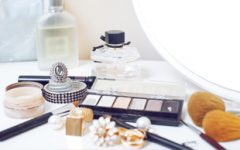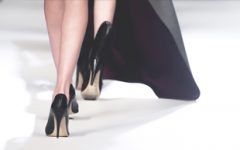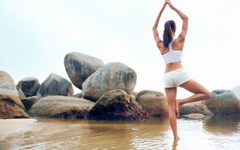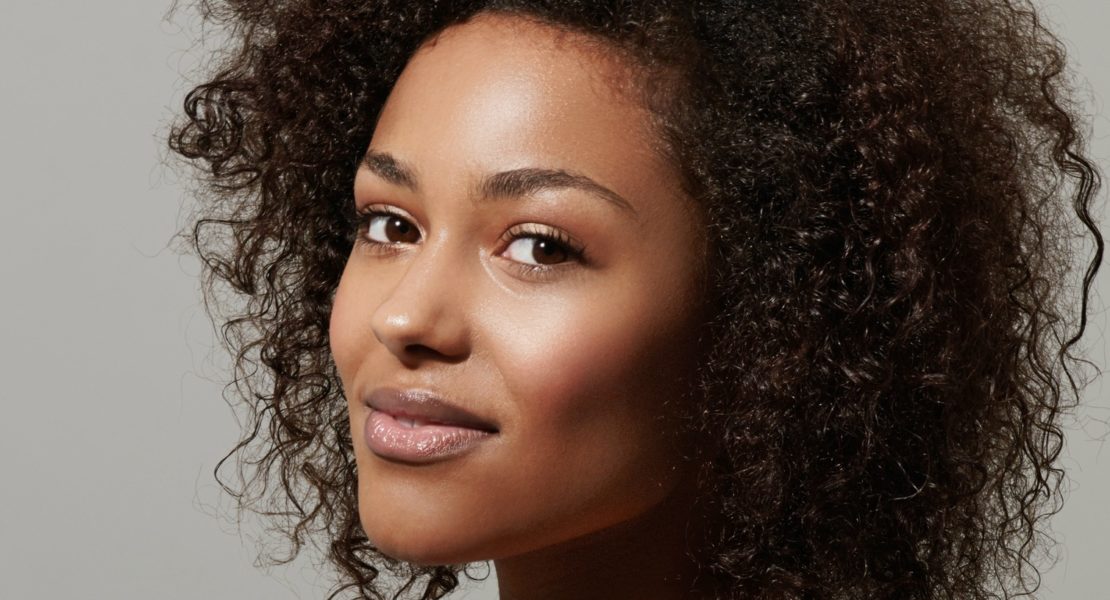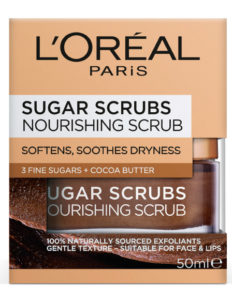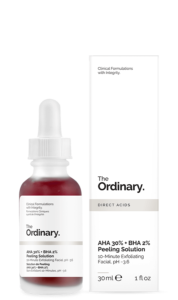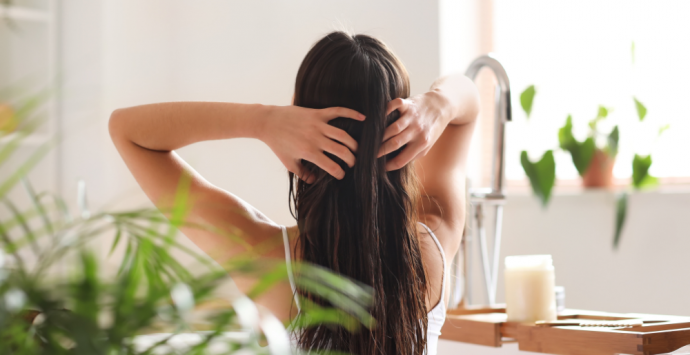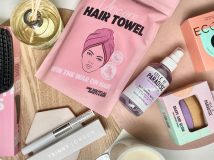
Having oily skin, I thought that I was very versed in the skills of exfoliation. Turns out, I’m not. After reading this article, I became aware that there’s a whole dark area that I haven’t explored properly.
So, let’s turn on that flashlight and explore on how we exfoliate properly.

What is exfoliation exactly?
To keep it simple, exfoliation is the removal of dry and dead skin on the surface of our skin. By scrubbing this layer off, a clearer more hydrated skin is revealed which serves as a perfect canvas for absorbing serums and moisturisers.
Exfoliation also works to make our pores look smaller, preventing blackheads and blemishes, PLUS our makeup will look even more flawless. Score.
Physicals and Chemicals
You might have already used sugar or coffee scrubs to scrape that dead skin away. Or you might have even rubbed on some salicylic acid in order to destroy the pimple that simply won’t leave your forehead.
But did you know that there is a real difference between physical and chemical exfoliators?
As mentioned, you might’ve used coffee as an exfoliator, which is considered a granular scrub. These types of scrubs manually rub away the top layer of the skin. But because it is so abrasive, this method is only recommended for two times a week (max!). It’s considered especially too harsh for people with sensitive skin.
For you, but even for oil-slicked people like me, there’s the existence of chemical exfoliators, which are acids derived from fruits and plants. These acids dissolve the glue between dead cells, making them looser and easier to remove.
Chemical exfoliators are considered even more effective than the physical type. Not only are they gentle, they also have other benefits such as hydration and decreasing pigmentation.
AHA vs BHA
These chemical exfoliators can be divided into the AHA and BHA camps.
AHA stands for alpha hydroxy acid and focuses more on the superficial layers of the skin. These types of exfoliants are most helpful for those with dry skin and combat the signs of ageing.
BHA (beta hydroxy acid) on the other hand, is a gift for those with blemishes and a permanent shiny face, as it penetrates the deeper layers of your skin.
It dives into those horrid pores and breaks down hard oil buildup, combatting those blackheads (gross).
Still unsure about which one to choose? Pick a product that contains both ingredients, so you have the best of both worlds.
How Do I Use Them?
As I’ve said before, physical exfoliators should be used about twice a week, depending on your skin type. It generally follows after cleansing, and can be done while your conditioner is seeping into your strands.
AHA or BHA exfoliators are applied daily, after cleansing and toning. Immediately apply the rest of your skincare routine after you’ve used it– as they work best after exfoliation. Your skin will love you for it.
Want to try something different? Start with a nice sugar scrub followed by a sheet mask to get that extra pampered feeling.
Scrub-a-dub-dub away!
Read more like this on Beauty News!


